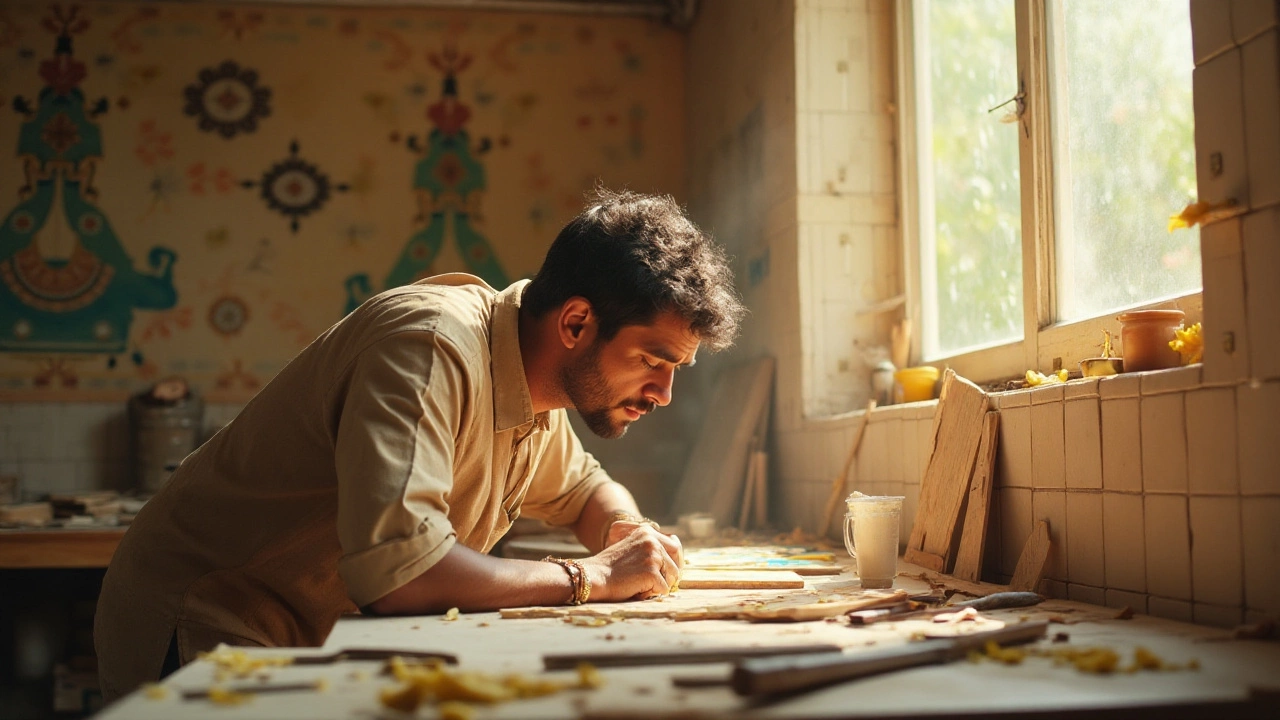walls and flooring
When working with walls and flooring, the vertical and horizontal surfaces that define a room’s look and feel. Also known as interior surfaces, it shapes both aesthetics and daily comfort. Understanding how these surfaces interact is the first step toward a polished home.
One major piece of the puzzle is wall painting, the process of applying color or texture to vertical planes. Good wall painting requires proper surface prep, the right primer, and a finish that matches the room’s purpose. For example, matte finishes hide imperfections in living rooms, while semi‑gloss works well in kitchens because it resists moisture. Choosing a paint color that complements your flooring can make the space feel larger or cozier.
Equally important are flooring materials, the range of products used for horizontal surfaces, from hardwood to tile to carpet. Each material brings its own durability, comfort, and visual weight. Hardwood adds warmth and can be refinished, while porcelain tile offers low maintenance in high‑traffic areas. The right flooring influences foot traffic flow, acoustic comfort, and even indoor air quality. Pairing a light‑colored floor with a bold wall hue creates a balanced contrast that draws the eye.
These two elements feed directly into interior design, the art of arranging space, color, texture, and furniture to reflect style and function. A cohesive design language ties walls and flooring together with furniture, lighting, and accessories. For instance, a modern minimal‑style living room often features neutral walls, sleek concrete or engineered wood flooring, and streamlined furniture. Conversely, a rustic vibe might combine textured plaster walls with reclaimed wood floors. The design choices you make set the tone for how occupants experience each room.
Key considerations for walls and flooring
Successful walls and flooring projects start with a clear renovation plan. home renovation, the process of updating or improving a dwelling's structure and finishes provides the framework for budgeting, scheduling, and material selection. Before you pick a paint shade or floor type, assess the room’s traffic, moisture level, and lighting. High‑traffic zones like hallways benefit from durable, wear‑resistant flooring, while low‑traffic spaces can afford softer, more decorative options.
Preparation is the bridge that connects design intent to reality. Surface cleaning, sanding, and repairing cracks ensure that paint adheres properly and flooring lays flat. When walls and floors are treated as a single system, you avoid mismatched heights and uneven transitions. This holistic approach saves time, reduces waste, and results in a seamless look that feels intentional.
Finally, think ahead about maintenance. Choose paints and floor finishes that suit your lifestyle—low‑VOC paints for healthier indoor air, waterproof sealants for bathrooms, and stain‑resistant carpet for families with kids. By aligning your choices with everyday needs, you’ll keep the space looking fresh for years without constant rework.
Below you’ll find a hand‑picked collection of articles that dive deeper into each of these topics, from budget‑friendly flooring ideas to step‑by‑step wall painting guides. Explore the range, pick the advice that matches your project, and start turning your walls and flooring into the foundation of a beautiful home.
